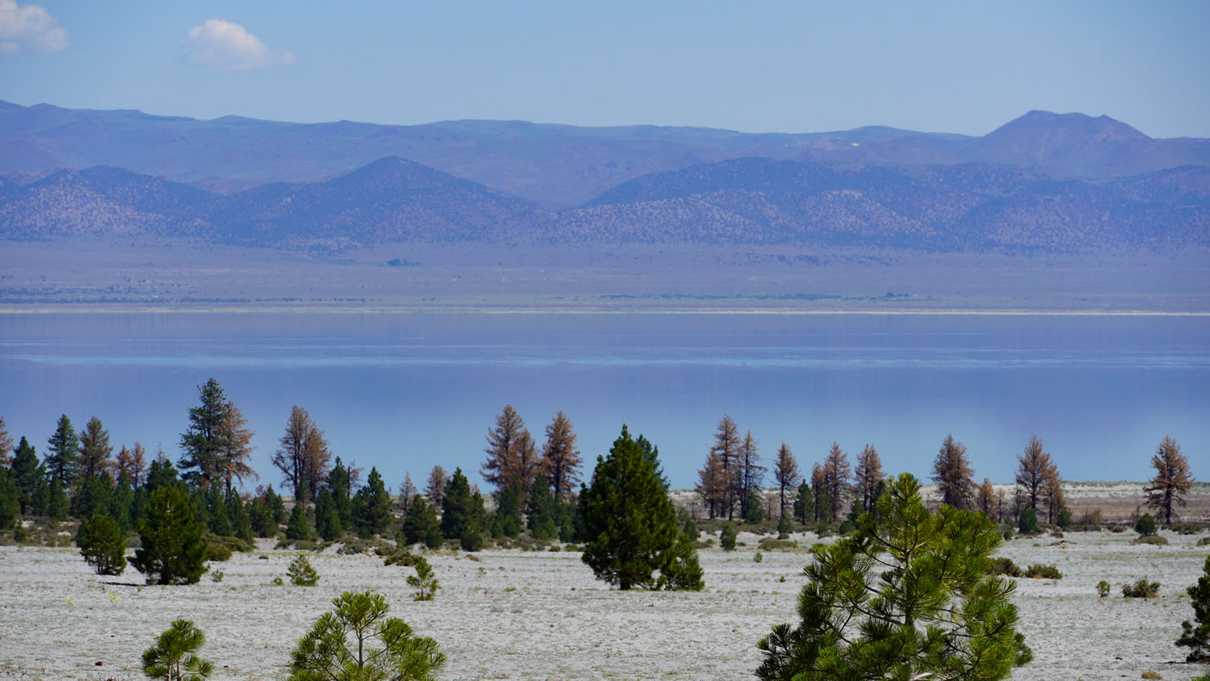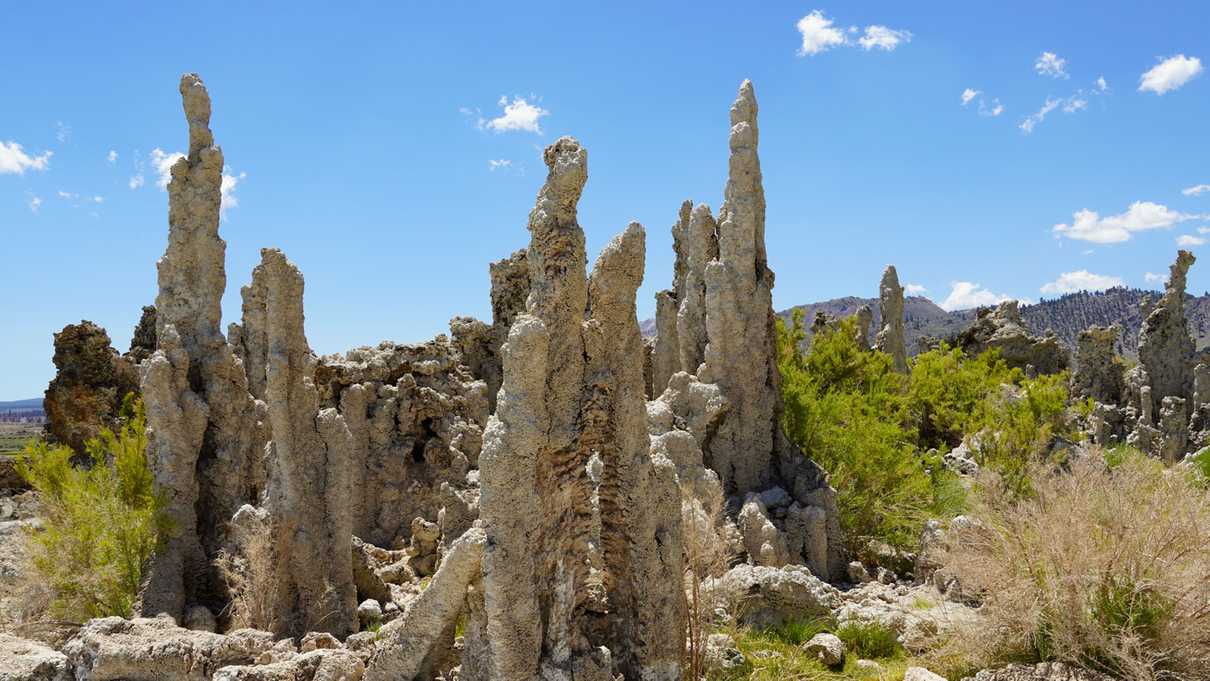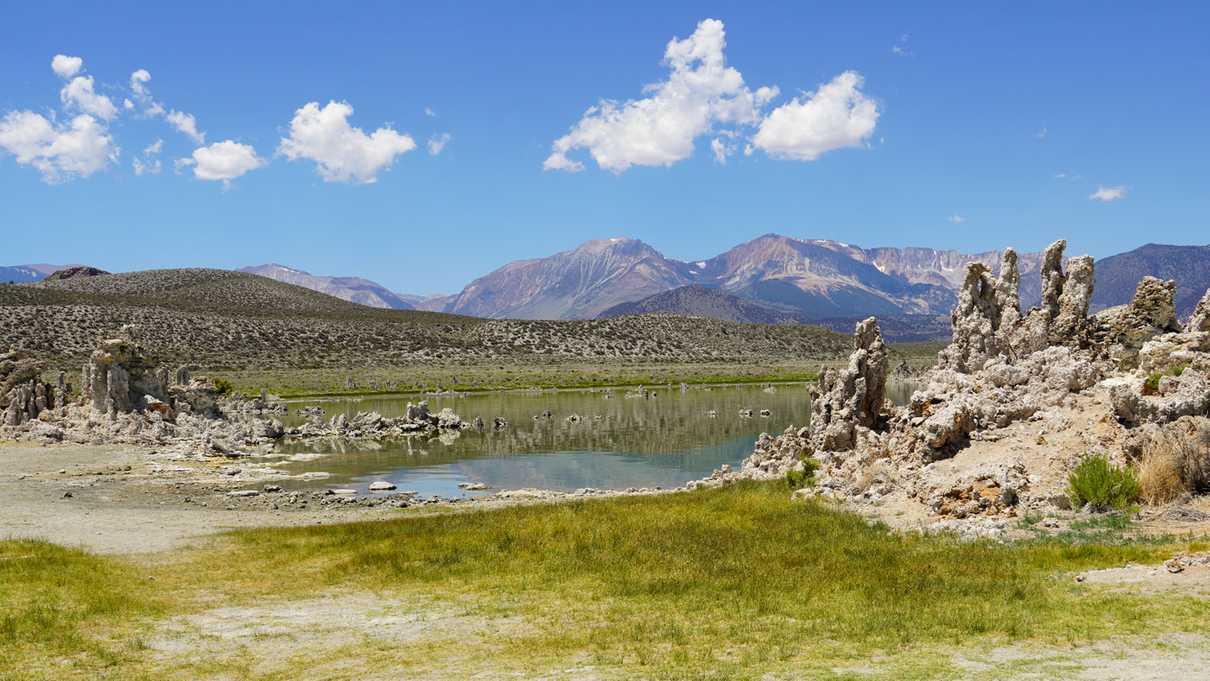The Majestic Splendor of Mono Lake in California’s Sierra Nevada
Formation of Mono Lake
The Mono Lake Basin is the result of millions of years of Earth’s constant change through volcanic activity, the pulling apart of crust layers, and the formation of mountains. Ice sheets and runoff flowed from higher elevations into the basin creating what once was called Lake Russell when the lake was deeper and fresher than it is today.
Mono Lake is interested as the basin has no place the water drains out to naturally. Over time, the area dried up causing the salinity in the lake to rise giving life to the biodiversity seen today such as alkaline flies, brine shrimp, and several species of birds.
The Tufa of Mono Lake
Due to the fluctuation and eventual drop in the lake level, Mono Lake has left behind fascinating remnants of its earlier days. Located within the lake and along the shoreline are many columns of craggy-looking material that render the landscape almost surreal. Appearing as underwater coral or an alien landscape is tufa, petrified deposits of minerals leftover from springs in the area. The water in the area was rich in carbonates and the emerging hot spring water was rich in calcium. Where the two materials met, calcium carbonate formed, also known as limestone.
Visiting Mono Lake
Walking among these imprints of the past is fascinating and thankfully there are many opportunities to get up close and personal. The South Tufa Trail is just under 1-mile long and allows visitors to walk and hike out to the shoreline next to the South Tufa Area before looping back. The trail is easy and accessible for many ages as well as dogs.
In addition to the South Tufa Trail, there are several other trails and areas to visit along the lake including the Boardwalk Trail at Mono Lake Park, the Nature Trail, Mono Lake Trail, and Lee Vining Trail.


